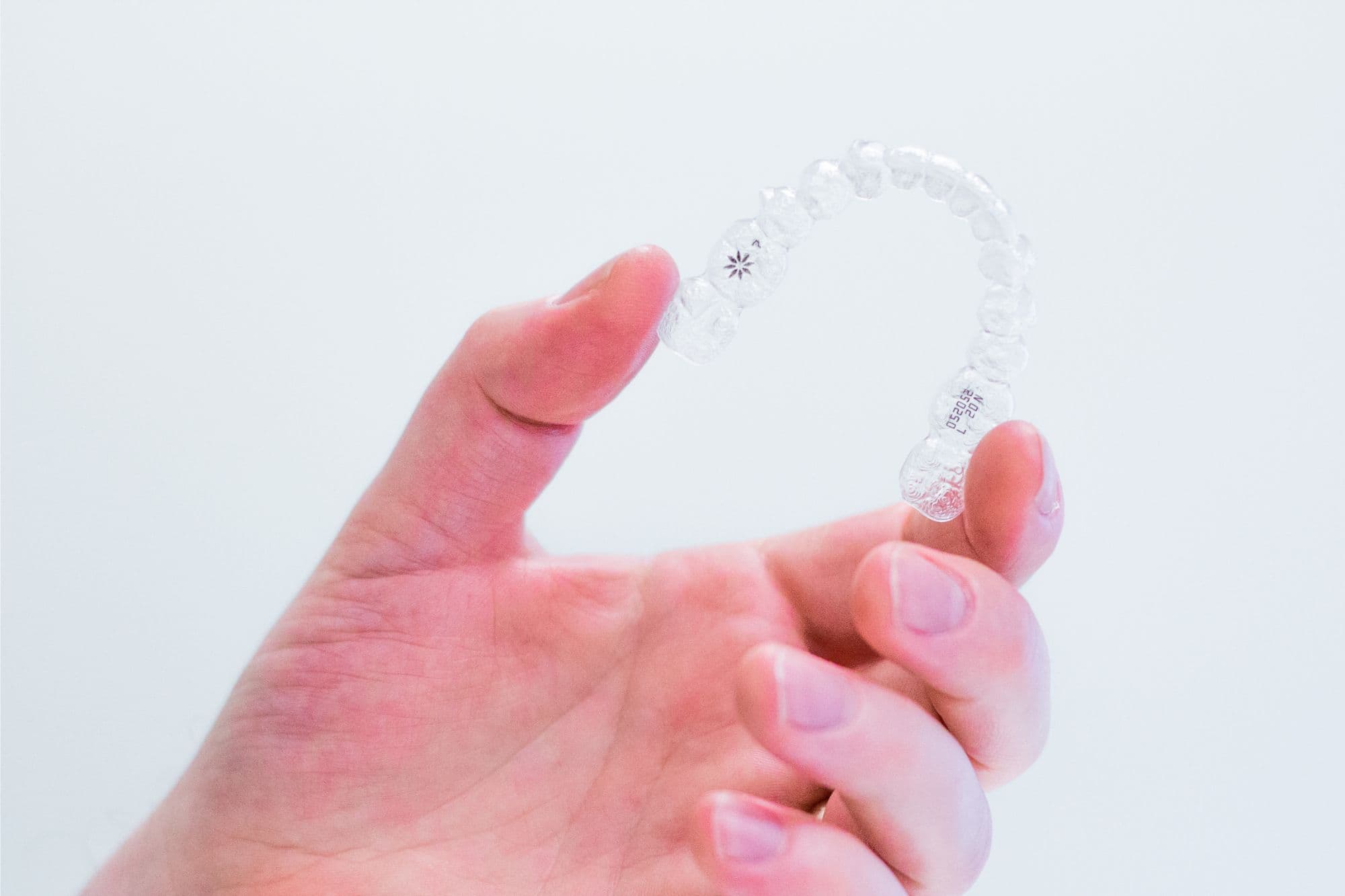Braces and Invisalign are both orthodontic treatments designed to straighten teeth and correct bite issues, but they differ in their approach, appearance, and some aspects of their usage. Here are the main differences between braces and Invisalign:
- Appearance:
- Braces: Traditional braces consist of metal brackets that are glued to each tooth, connected by wires, and secured with rubber bands. They are easily visible and can be considered less aesthetically pleasing by some individuals.
- Invisalign: Invisalign uses a series of clear, removable plastic aligners that fit over the teeth. These aligners are nearly invisible, making them a more discreet option.
- Materials:
- Braces: Typically made of metal or ceramic brackets and wires.
- Invisalign: Made of clear, BPA-free plastic.
- Removability:
- Braces: Fixed onto the teeth and can only be removed by a dentist or orthodontist.
- Invisalign: Removable by the wearer for eating, drinking, brushing, and flossing. However, they should be worn for at least 22 hours a day for optimal effectiveness.
- Comfort:
- Braces: The brackets and wires may cause some discomfort and irritation, especially during adjustments.
- Invisalign: Generally considered more comfortable as there are no wires or brackets, but some users may experience temporary discomfort with each new set of aligners.
- Maintenance:
- Braces: Require extra care in terms of cleaning, as food particles can easily get trapped around the brackets and wires. Special brushes or floss threaders may be needed.
- Invisalign: Easy to maintain as they are removable, allowing for regular oral hygiene practices.
- Treatment Duration:
- Braces: Treatment duration can vary, but it often takes around 18 months to several years.
- Invisalign: Treatment duration is comparable to braces, depending on the complexity of the case. Some cases may be shorter or longer.
- Cost:
- Braces: Generally, traditional braces can be less expensive than Invisalign.
- Invisalign: Tends to be more expensive, but costs can vary depending on the specific case and location.
Ultimately, the choice between braces and Invisalign depends on individual preferences, treatment needs, and the recommendation of the orthodontist. Both methods have their advantages and disadvantages, and the most suitable option can vary from person to person.
To learn more or for a complimentary consultation, please contact Raleigh Orthodontics today!
